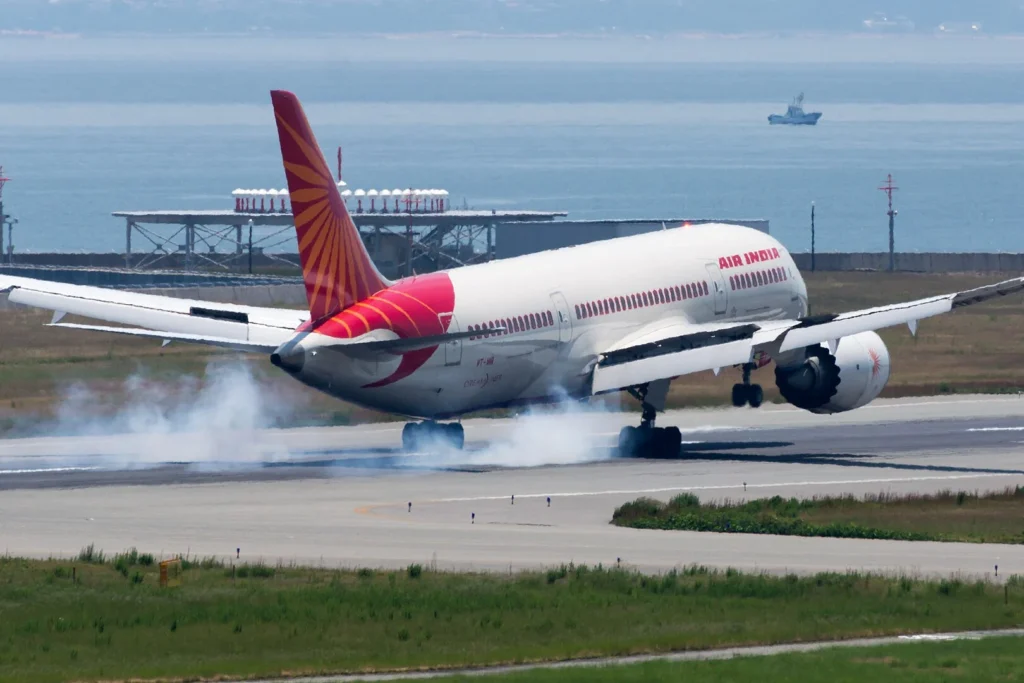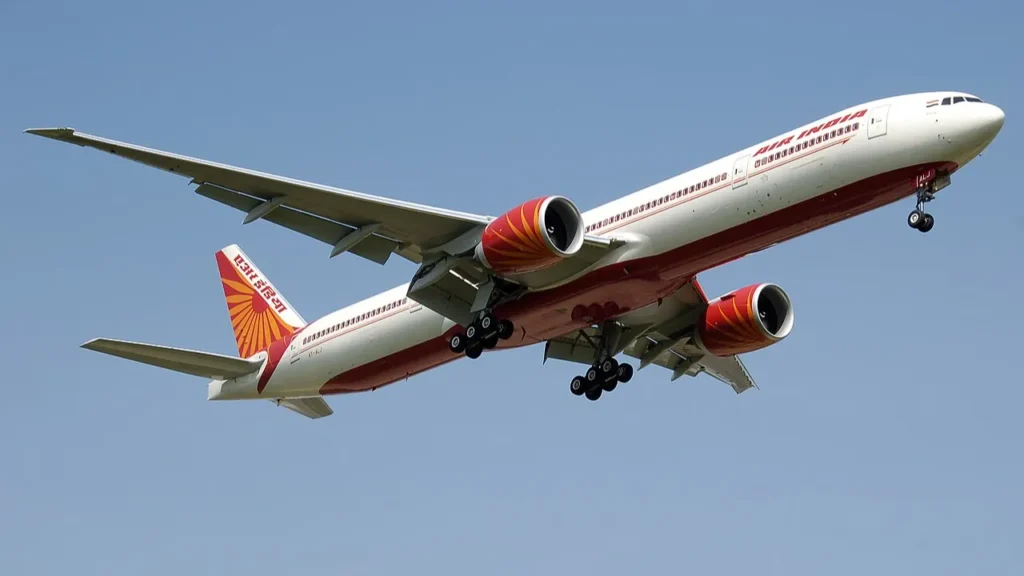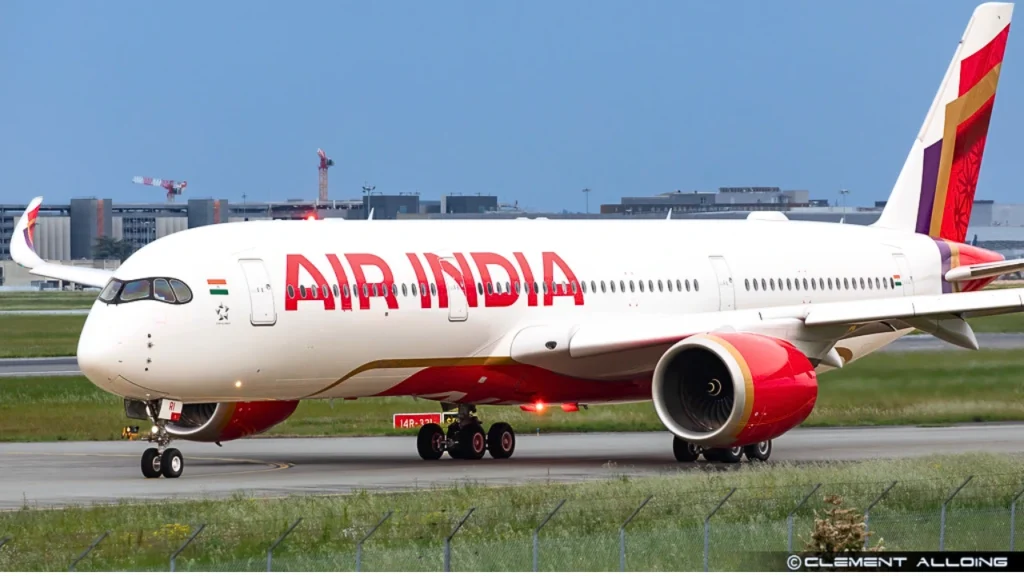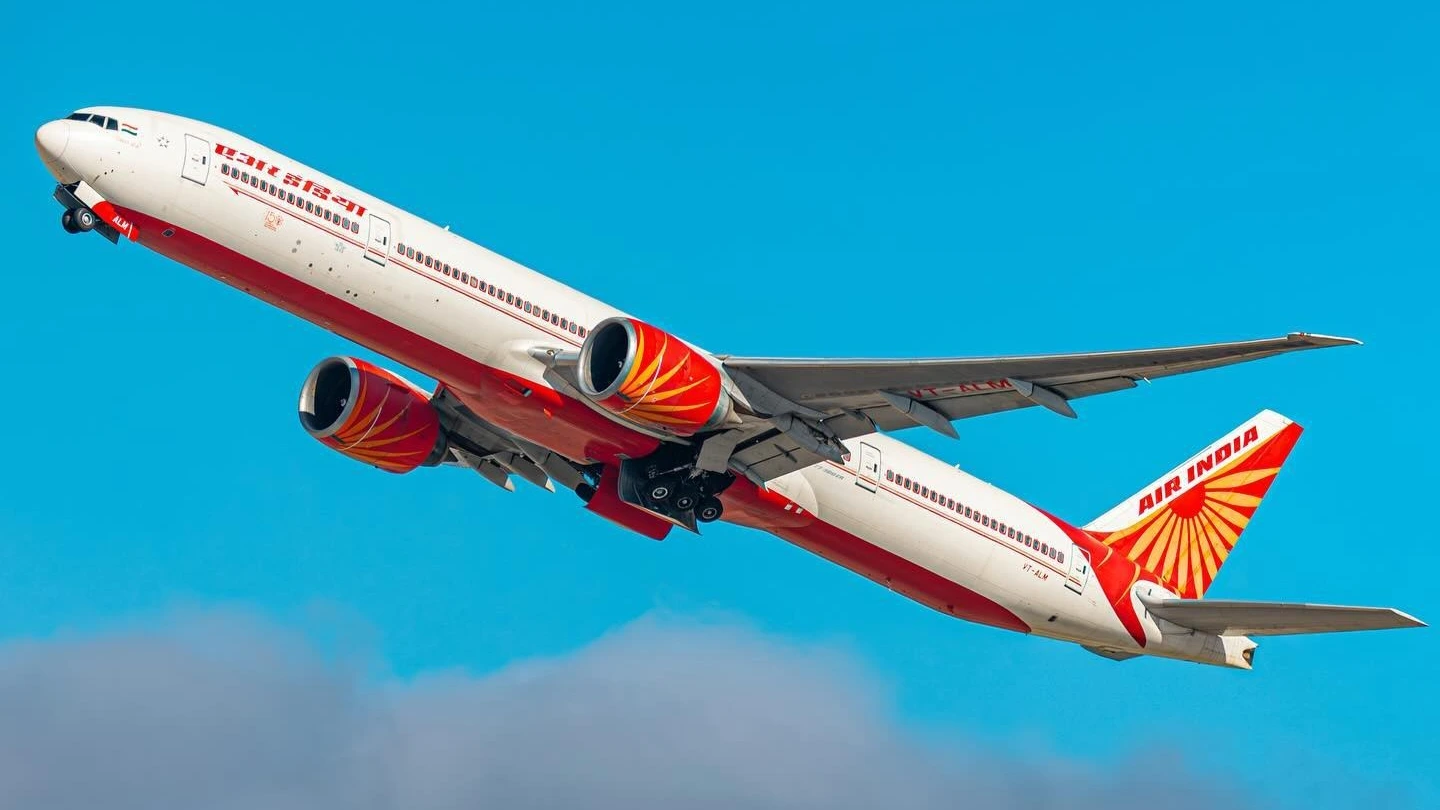GURUGRAM- Air India (AI) is urging the Indian government to negotiate with China for access to restricted Xinjiang airspace over Hotan (HTN), Kashgar (KHG), and Urumqi (URC), as the Pakistan overflight ban continues to inflate costs and extend flight times.
The airline argues that these corridors could restore direct routing to key US, Canadian, and European destinations.
This lobbying effort comes soon after India–China direct flights resumed following a 5-year freeze triggered by the Himalayan border clash, and as Air India works to stabilize operations after a London-bound Boeing 787 Dreamliner crash in Gujarat that killed 260 people.
 Photo: By lasta29 – Air India, B787-8 Dreamliner, VT-ANR, CC BY 2.0, https://commons.wikimedia.org/w/index.php?curid=40687689
Photo: By lasta29 – Air India, B787-8 Dreamliner, VT-ANR, CC BY 2.0, https://commons.wikimedia.org/w/index.php?curid=40687689
Air India Xinjiang Airspace Rights
Air India’s proposal to Indian authorities centers on mitigating the severe operational disruption caused by Pakistan’s airspace closure, which began after diplomatic tensions escalated in late April.
Fuel costs on major long-haul routes have risen by up to 29 percent, while flight durations have increased by as much as 3 hours, requiring reroutes and technical stops that strain crew availability, aircraft rotations, and profitability.
The airline’s internal document submitted in late October states that securing access over Hotan (HTN), Kashgar (KHG), and Urumqi (URC) would offer shorter transit paths and essential emergency diversion options.
Air India seeks diplomatic intervention to obtain Chinese approval for both routine overflight and emergency landings at these airports to ensure operational safety on high-traffic transcontinental routes.
The request is described internally as essential to restoring the integrity of Air India’s long-haul network, which the airline says is under severe operational and financial strain.
 Photo: By byeangel from Tsingtao, China – VT-ANM | Air India | Boeing 787-8 Dreamliner | ICN, CC BY-SA 2.0, https://commons.wikimedia.org/w/index.php?curid=39849225
Photo: By byeangel from Tsingtao, China – VT-ANM | Air India | Boeing 787-8 Dreamliner | ICN, CC BY-SA 2.0, https://commons.wikimedia.org/w/index.php?curid=39849225
Complexities in Xinjiang Airspace
The target airspace falls within China’s Western Theater Command, a zone responsible for responding to any India-related conflict, according to a Pentagon report.
This region hosts missile, drone, and air defense assets and includes dual-use airports that support both military and civilian activity.
Access to such airspace is tightly regulated due to strategic sensitivities and security considerations.
The corridor is encircled by mountain ranges exceeding 20,000 ft (6,100 m), creating significant risk during rapid descent situations such as cabin decompression. These terrain constraints reduce escape route flexibility and limit immediate diversion options.
The document highlights the region’s scarcity of viable alternative airports, underscoring the need for Chinese authorization if access is granted.
Data reviewed by Indian officials shows that no non-Chinese airlines have arrived or departed from Hotan Airport (HTN) in the past 12 months, reinforcing concerns about reliability and available services.
Open source intelligence also indicates that China has recently expanded the military airbase at Hotan, increasing strategic complexity.
China’s foreign ministry stated it was not aware of Air India’s request and referred inquiries to relevant authorities. Civil aviation bodies in India, China, and Pakistan did not respond to requests for comment.
 Photo: Adrian Pingstone (Arpingstone) | Wikimedia Commons
Photo: Adrian Pingstone (Arpingstone) | Wikimedia Commons
https://commons.wikimedia.org/wiki/File:Air_india_b777-300er_vt-alj_arp.jpg
Global Airspace Restrictions and Route Disruptions
US carriers remain barred from flying over Russia due to the 2022 Ukraine conflict, reducing direct US-India links and temporarily giving Air India a near monopoly on nonstop services. However, the Pakistan airspace ban has now eroded this advantage.
In August, Air India suspended its Delhi–Washington route due to extended detours, and the airline warns that its Mumbai–San Francisco and Bengaluru–San Francisco routes are becoming unviable. These routes now require a technical stop in Kolkata, adding operational complexity.
As a result, passengers have begun shifting to foreign airlines that retain the ability to overfly Pakistan, benefitting from shorter journey times.
A comparison in the airline’s analysis shows that Lufthansa’s San Francisco–Mumbai routing via Munich is currently only five minutes longer than Air India’s extended pathway.
 Photo: Clément Alloing
Photo: Clément Alloing
Network Capacity Reductions
The airline estimates that Pakistan’s overflight restriction will reduce its profit before tax by around $455 million annually. This impact is stark when compared with its fiscal year 2024–25 loss of $439 million.
To manage disruptions, Air India reduced passenger and cargo capacity by up to 15 percent on routes such as New York–Delhi and Vancouver–Delhi, weakening its competitive position.
Air India projects that access to the Hotan route could reduce weekly losses by about $1.13 million, improve fuel efficiency, restore reduced capacities, and stabilize its North American long-haul portfolio.
Alongside overflight issues, the airline continues to face legacy tax liabilities totaling about $725 million.
Although the Indian government had indemnified Air India against pre-2022 claims during disinvestment, tax authorities have issued multiple notices, including one warning of coercive steps to recover $58 million.
These obligations have created additional cash-flow pressures despite earlier assurances.
Air India has asked the government for temporary financial support until Pakistan reopens its airspace, citing deepening liquidity strain.
 Photo: Clément Alloing
Photo: Clément Alloing
Broader Strategic Implications
The pursuit of Xinjiang overflight rights highlights how geopolitical tensions can reshape global airline networks.
Opening access to a militarized Chinese corridor would be unprecedented for a foreign carrier and may set new diplomatic or aviation precedents.
For India, the initiative reflects efforts to safeguard long-haul competitiveness and maintain strategic global connectivity.
For China, approval would entail balancing military oversight with diplomatic engagement, and any agreement would likely impose strong operational constraints.
Air India maintains that without this alternative routing, certain long-haul routes may eventually require suspension, affecting India’s international connectivity and its aviation sector’s global competitiveness.
Stay tuned with us. Further, follow us on social media for the latest updates.
Join us on Telegram Group for the Latest Aviation Updates. Subsequently, follow us on Google News
